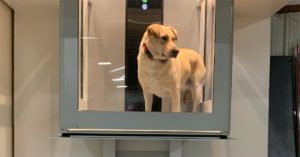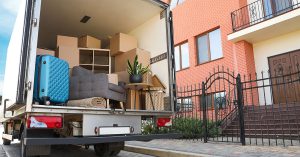In 2016, a new non-refundable Home Accessibility Tax Credit (HATC) was introduced for qualifying expenses incurred for renovations (including both work performed and goods required) made to an eligible dwelling for an eligible individuals. A maximum of $10,000 per year in qualifying expenses can be claimed resulting in a maximum non-refundable tax credit of $1,500.
Here’s a quick overview of the eligibility requirements for individuals, expenses and dwellings that would be covered in the HATC.
Qualifying Individual
One “who is eligible to claim the disability tax credit at any time in a tax year or an individual who is sixty-five (65) years of age or older at the end of a tax year.” It’s important to note that even if there are 2 or more qualifying individuals in a home, no more that $10,000 can be claimed per year. In addition, those who live with a qualifying individual and are covering the costs of the renovations made to the home in order to make it accessible would be able to qualify.
Qualifying Renovations
In order to qualify, “the renovation must allow the qualifying individual to gain access to, or to be mobile or functional within, the eligible dwelling; or reduce the risk of harm to the qualifying individual within the eligible dwelling or in gaining access to the dwelling.” The Homelift clearly falls within that criteria.
Qualifying Expenses
“As a general rule, if the item you purchase will not become a permanent part of your dwelling, it is not eligible.” The government provides a list of expenses not eligible including cost of annual maintenance, financing costs, household appliances and more which are outlined on the tax credit paged linked below. However, the Homelift requires a renovation and is attached to the home making it a permanent fixture and therefore applicable.
Eligible Dwelling
This tax credit is available when renovations are done to the principal residence of a qualifying individual. “In situations where a qualifying individual has more than one principal residence in a tax year, the total qualifying expenses in respect of all such principal residences of the qualifying individual will be subject to the $10,000 limit.” In the event that you have two residences that you wanted to install a home lift, you would need to install them in separate tax years in order to receive the tax credit on both units.
If you would like to learn more about the Home Accessibility Tax Credit, click here to learn more at https://www.canada.ca/en/revenue-agency/programs/about-canada-revenue-agency-cra/federal-government-budgets/budget-2015-strong-leadership/home-accessibility-tax-credit-hatc.html

Brian Granger
1-866-208-1806
sales@homelifts.ca
To learn more about our Homelifts or these financial programs, contact Brian today for your free in-home consultation to see if a Homelift is the right product for you to ensure you can stay in your home for as long you want.






